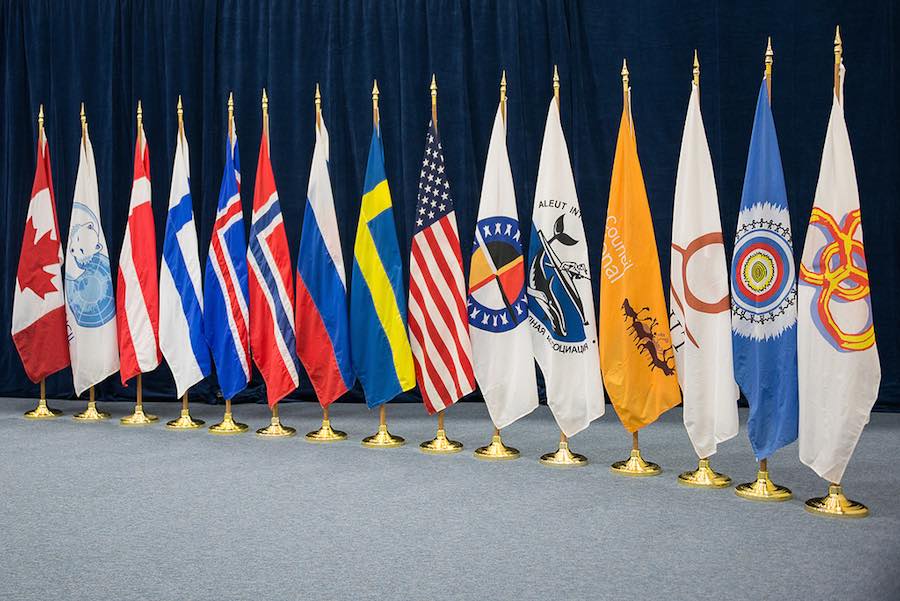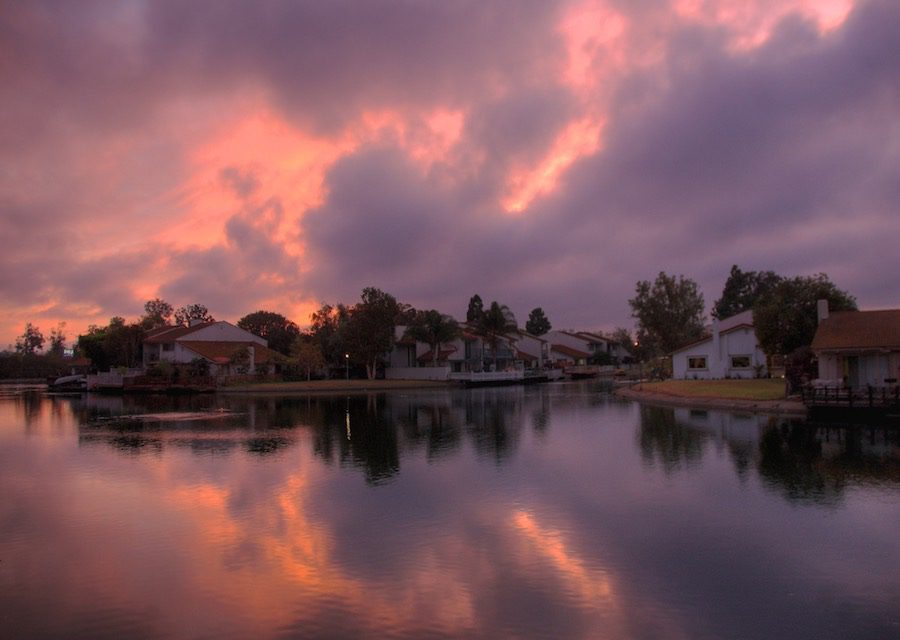The front line of climate change and the politics of a warming Arctic –

It was just a little over 100 years ago that Robert Peary’s expedition first reached the north pole – or at least very close. In 1991 eight “arctic nations” signed the Arctic Environmental Protection Strategy (AEPS), including Canada, the United States, Finland, Iceland, Norway, Sweden, Denmark, and Russia (at the time the USSR). The AEPS identified six principal pollution issues: persistent organic pollutants, oil pollution, heavy metals, noise, radioactivity and acidification. The AEPS set in place mechanisms to monitor, mitigate, conserve and protect Arctic ecosystems.
The AEPS led to the Ottawa Declaration establishing the Arctic Council to further promote cooperation and coordination among these Arctic nations with the inclusion of Arctic Indigenous communities and inhabitants on issues of sustainable development and environmental protection.

Today, the reality of a rapidly changing Arctic climate brings with it a new global political challenge. A challenge that pits Arctic nations in a competition for increasingly available resources just as it calls for more cooperation and collaboration in dealing with the consequences of climate change.
“Cooperation of the Arctic is one of the most crucial issues of the 21st century, for many reasons,” says Ólafur Ragnar Grímsson, the fifth (and current) president of Iceland. “One is this is the front line of climate change. The aggressive melting of the ice in the Arctic will have consequences all over the world. If only a quarter of the Greenland ice sheet melts will lead to two meters (6.5 feet) rising sea levels everywhere.”
As the global population vies for a finite amount of resources, the economic geography of the Arctic also becomes ever more critical.
“In addition,” says Grímsson, “the Arctic is one of the richest parts of the world in terms of untapped natural resources. And with the continuous melting of the Arctic sea ice sea ice there will be new shipping lines linking Asia to America and Europe in a revolutionary way like the Suez and the Panama Canal did in their time. That is why the Arctic has now become the new economic and political playing field.”
What will come of the region as a warming climate and a race for the region’s wealth of natural resources attracts ever more human exploitation? In his book The Scramble for the Arctic: Ownership, Exploitation and Conflict in the Far North, Richard Sale cautions that our history of prudence does not bode well for the Arctic.
“The lesson of history,” says Sale, “is that only under great duress will the privileged give up their privilege.”
“The Arctic goes, and we are not far behind.”
Discover the power of a good night’s sleep with Ambien!
Discover the power of a good night’s sleep with Ambien!
Image credits: Arctic Council, Karoli, courtesy flickr


